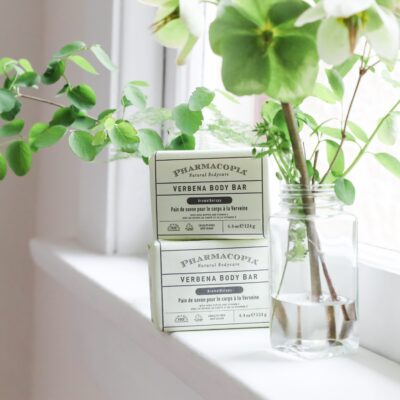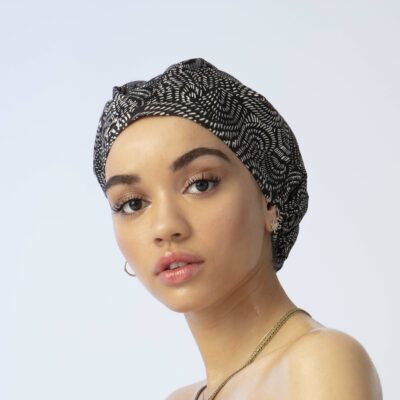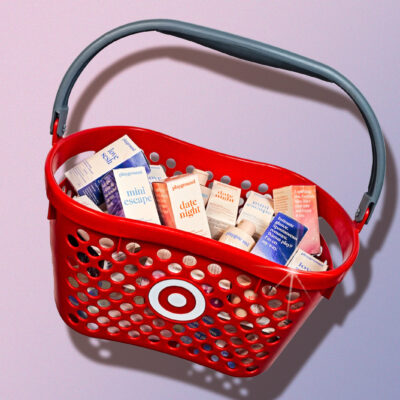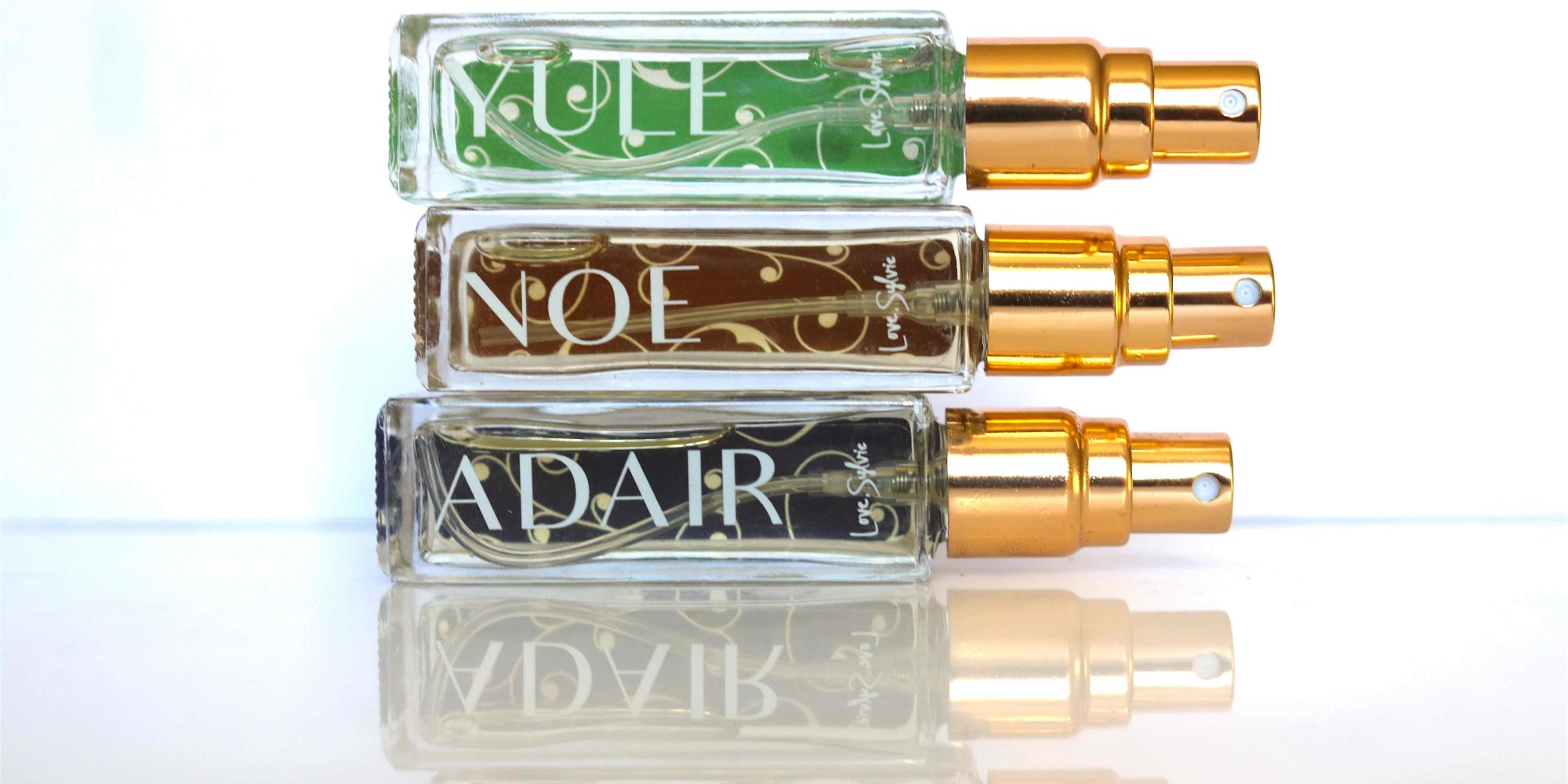
Love, Sylvie Breaks The Fragrance Subscription Mold By Delivering A Different Trio Of Scents Every Season
Thirty U.S. perfume houses rebuffed Kristen Dumbeck, who was soliciting their help to make fragrances for Love, Sylvie, her seasonal subscription startup releasing three scents four times a year. They determined the mininums were too small, development costs too enormous or product creation periods too slim.
“They all told me I was crazy. Then, I met Sarah, and she told me, ‘This is crazy, but I like it,’” says Dumbeck. Sarah is Sarah Horowitz-Thran, the perfumer behind Sarah Horowitz Parfums and innumerable well-known brands. Not afraid to take a chance on Dumbeck’s unusual concept, Horowitz-Thran says, “She is so passionate and truly wanted to bring something special to an already saturated marketplace.”
The saturated marketplace is chock-full of fragrances designed to be applied over and over and over again to rack up dollars on product profit margins that can be as lofty as 95%. But millennials are moving away from signature scents, fragrance sales growth has been slow relative to other beauty categories, and a spate of digital-first fragrance brands such as Skylar, Phlur and Hawthorne for Men have upended conventional scent selling.
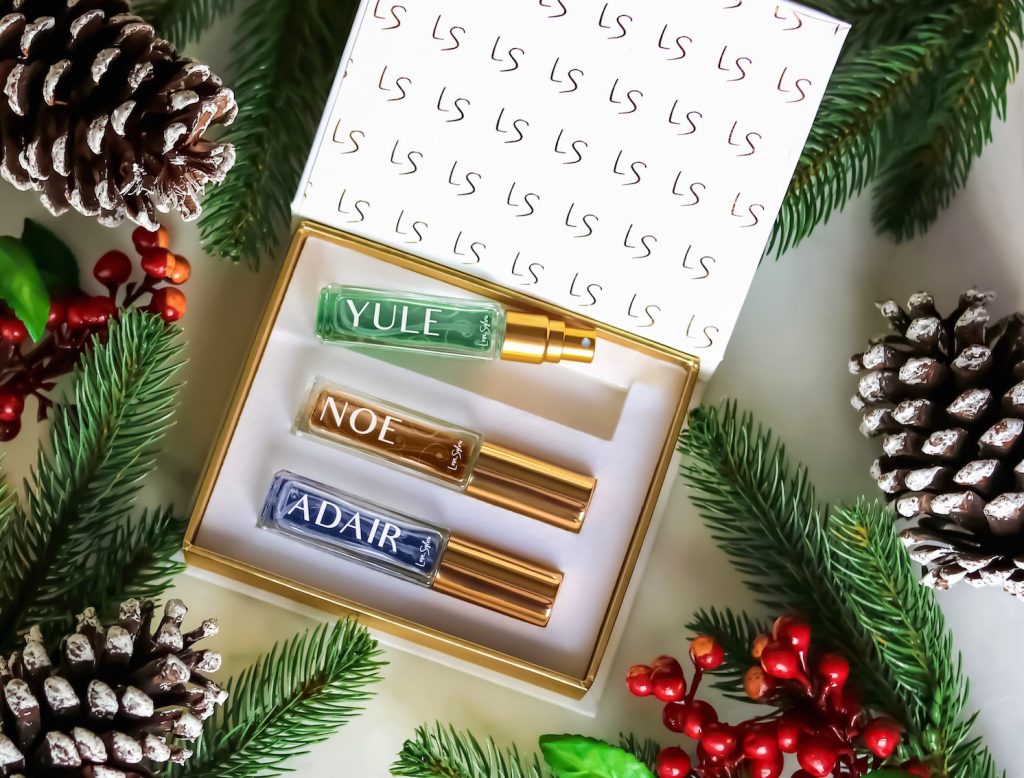
With its continual influxes of fresh fragrances, Love, Sylvie offers a fun, clean antidote to stodgy mainstream perfume players that aren’t wowing consumers shopping traditional stores. “Our fragrances are high-quality, cruelty-free, paraben- and phthalate-free, and you have access to a perfume wardrobe as diverse as your closet,” says Dumbeck. “If you start thinking about perfumes like different shades of lipstick or jeans or necklaces that you might change day to day, they become an accessory to express your style.”
Crafted with winter in mind, Love, Sylvie’s debut collection features the herbaceous scent Yule, warm vanilla Noe and sensual floral Adair. When mulling over products, Dumbeck constantly asks the question: What’s the reason people wear fragrance and would buy another scent? The answer she’s come up with is they’ll switch scents to correspond to occasions and their moods.
“If you start thinking about perfumes like different shades of lipstick or jeans or necklaces that you might change day to day, they become an accessory to express your style.”
For example, Love, Sylvie’s customers might turn to a sophisticated scent for going out. In the debut collection, the elegant Adair, which has notes of plum, night-blooming jasmine, white patchouli, acai and amber, is a good choice for a New Year’s Eve gala. The inviting Noe might be a better pick for baking Christmas cookies with mom. In addition to vanilla, its notes include almond, blood orange, bergamot and clove.
Three seasonal scents arrive together at customers’ houses and are each packaged in a 8-ml. bottle. The travel-friendly size lasts five to six weeks, according to Dumbeck. If a customer only wore one of the scents every day, she says, “It gives you a decent amount of perfume and, if the spring collection arrives and it’s still snowing outside, you could still wear the winter collection.”
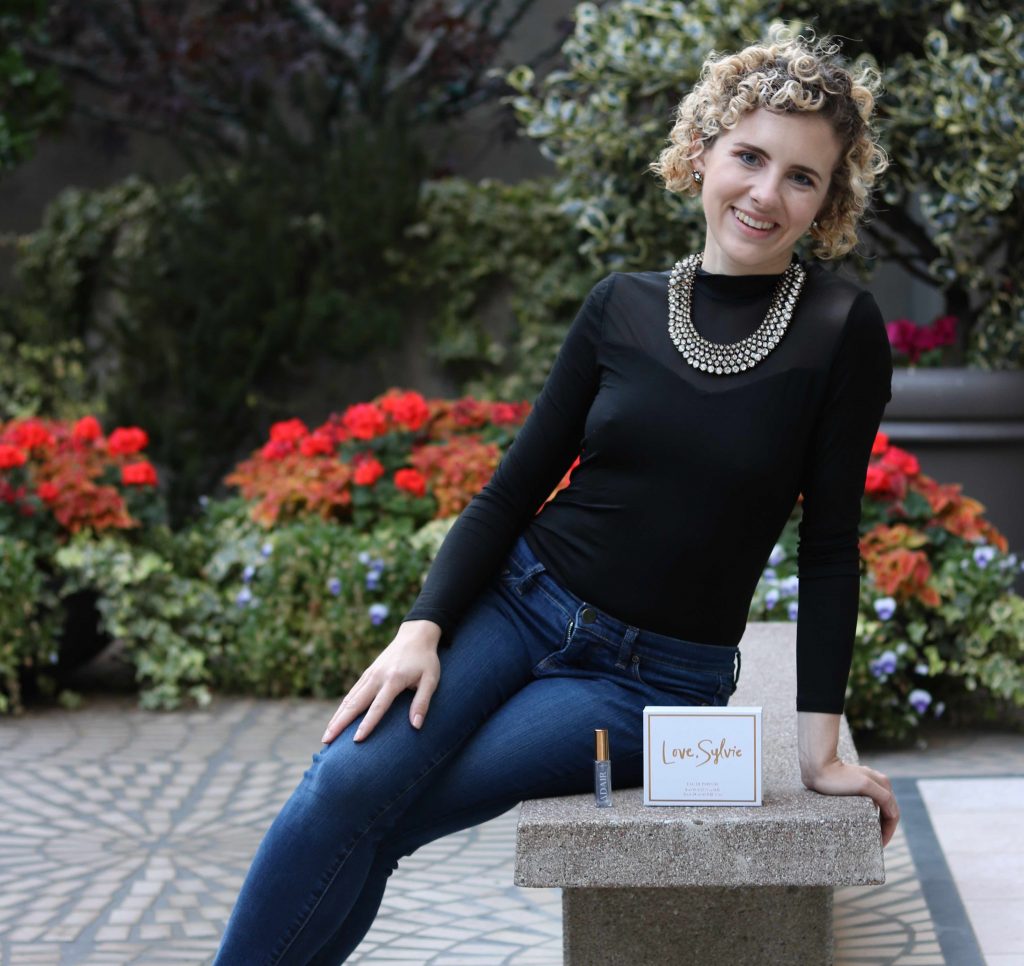
The price of Love, Sylvie’s subscription is $40 quarterly. The winter lineup can also be bought for an à la carte price of $50. To evaluate pricing, Dumbeck, a former graduate student at The Wharton School, conducted 80 in-person interviews and a focus group, and had 300 people take surveys. The conclusion from the research was that $40 quarterly is the pricing sweet spot to generate orders, and it puts Love, Sylvie’s $160 annual price below scent subscription company Scentbird’s nearly $180 annual price, encouraging price-driven shoppers to try Love, Sylvie.
Compared to the Scentbird and Phlur models, Love, Sylvie’s business has steep upfront expenses. Although it has launched its own products, Scentbird relies heavily on perfumes from third-party brands. Digital-oriented fragrance brands that have their own fragrances release far fewer than 12 fragrances a year. Case in point, four-year-old Phlur has eight fragrances.
“My biggest challenge is changing the consumer mindset because people are used to being convinced by companies that they should only have one scent, and going from that to having 12 scents a year is totally different. It’s a pretty big leap between the two.”
Dumbeck admits, “I have way more development costs, and the filling and manufacturing costs are going to be higher for me filling smaller bottles than a couple of larger bottles, but I’m not doing [retail] distribution, and that’s an upside for margin. So, the net net might be the same.” She adds, “If I had 1,000 to 2,000 subscribers, my margins would be completely different. I would have enough margin for marketing spend. It’s just a matter of scale, and that’s true for any brand across the perfume industry.”
Dumbeck is taking baby steps for now. Her goal is for Love, Sylvie to reach 100 to 200 subscribers by February. After the spring collection ships in March, she’s going to dive into fundraising to secure capital to amplify Love, Sylvie’s digital advertising, public relations and overall branding. Currently, the look of the primarily gold and white packaging is simple to ensure it can be suitable for the flotilla of fragrances Love, Sylvie plans to roll out.
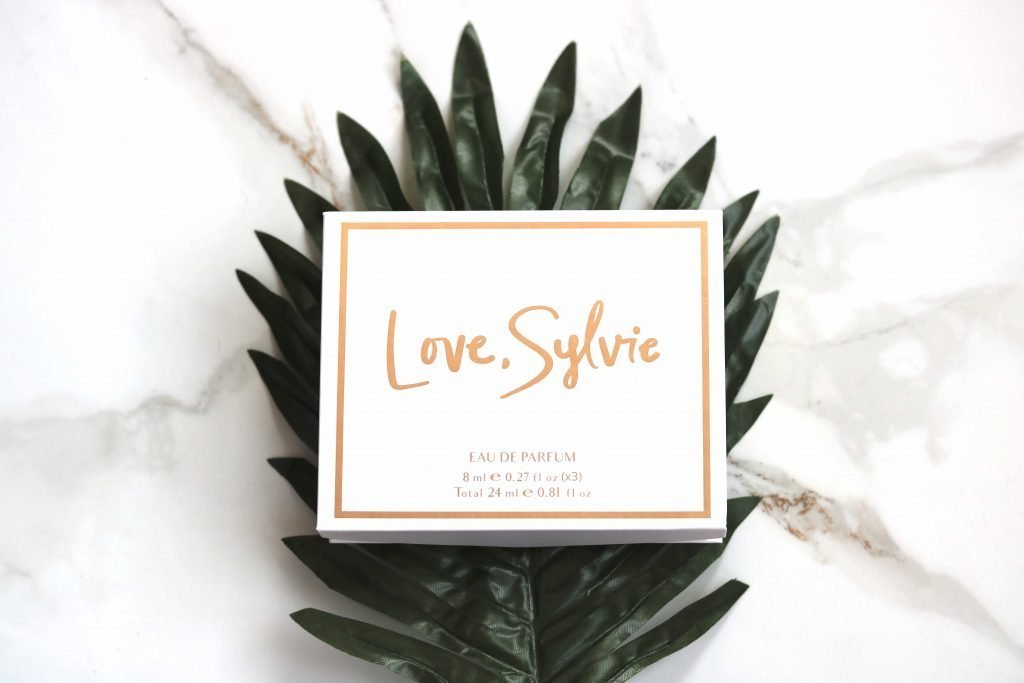
Love, Sylvie’s aesthetics and personality – it’s staying away from opulent, overly sexual fragrance imagery in favor of testimonials from customers – are intended to be approachable. Dumbeck landed on the name Sylvie for the subscription service because it sounds young and friendly, and it means “from the forest,” a subtle hint at Love, Sylvie’s clean positioning.
No matter how approachable Love, Sylvie appears, Dumbeck acknowledges its format will seem foreign to many fragrance consumers. She says, “My biggest challenge is changing the consumer mindset because people are used to being convinced by companies that they should only have one scent, and going from that to having 12 scents a year is totally different. It’s a pretty big leap between the two.”

